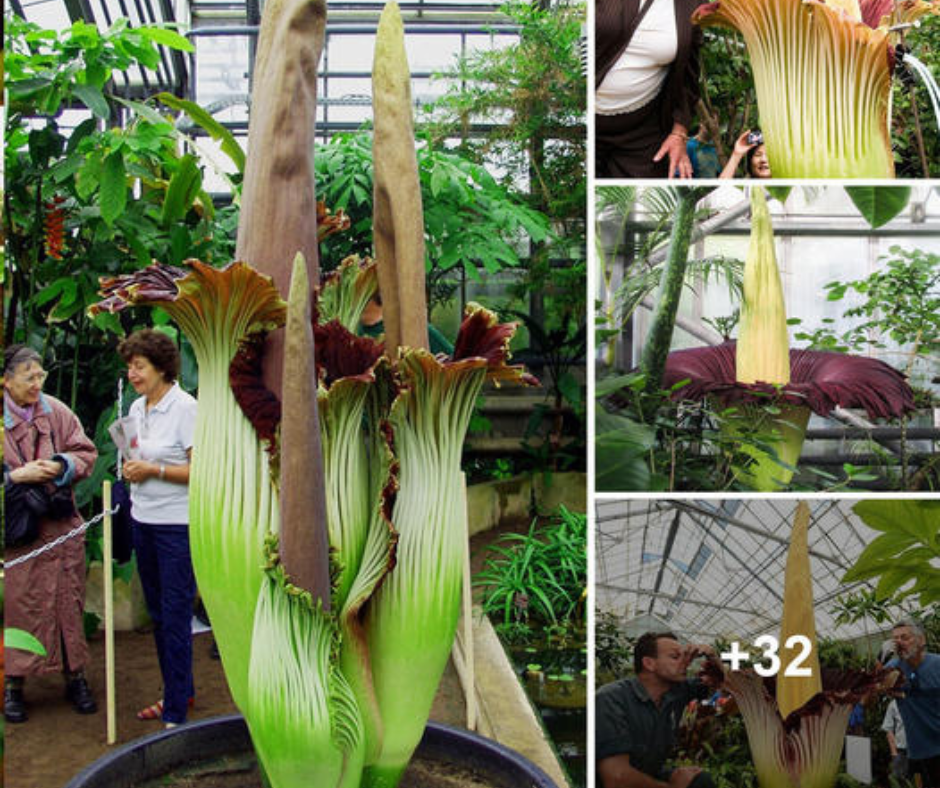In the world of horticulture, there are countless flowers that are prized for their beauty, fragrance, and rarity. But none may be as bizarre, foul-smelling, and expensive as the Amorphophallus titanum, also known as the corpse flower. This giant, tropical plant is famous for its infrequent blooming cycle, powerful stench, and astronomical price tag. In this article, we’ll take a closer look at the Amorphophallus titanum and explore the reasons why people are willing to spend millions of dollars to cultivate this peculiar plant.
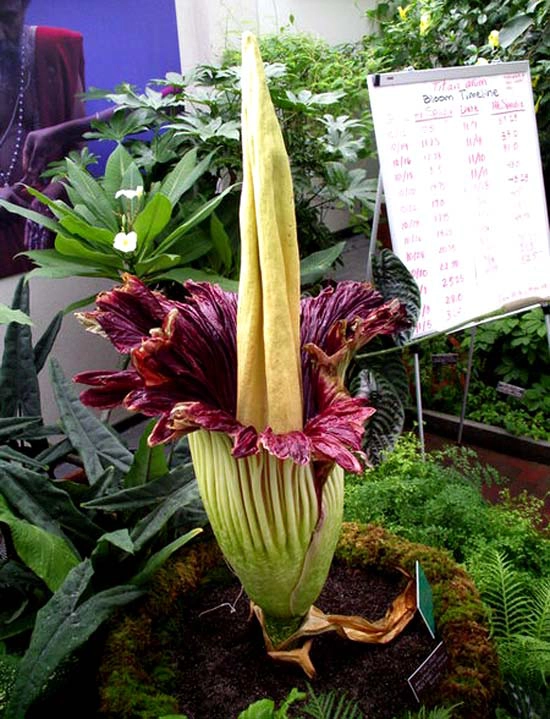
The Amorphophallus titanum is native to the rainforests of Sumatra, Indonesia, where it grows up to 10 feet tall and produces a single, enormous flower every 7-10 years. The flower can reach up to 10 feet in height and 3 feet in width, making it one of the largest flowers in the world. The flower’s infrequent blooming cycle and sheer size make it a highly sought-after plant for horticulturists, collectors, and enthusiasts.
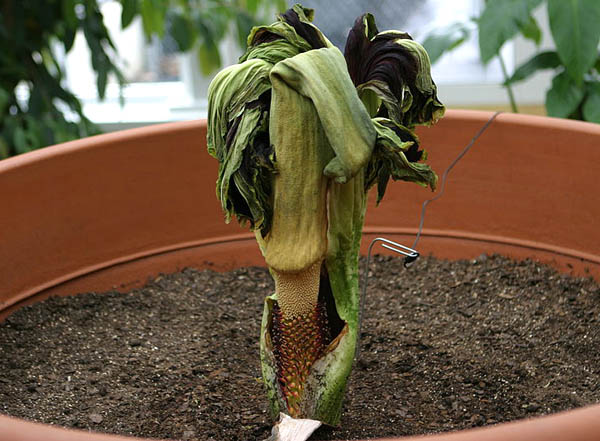
But the Amorphophallus titanum is not just famous for its size and rarity. It is also notorious for its overpowering stench, which has been described as a combination of rotting flesh, garbage, and sewage. The stench is caused by the flower’s unusual pollination strategy, which involves attracting carrion beetles and flesh flies with its odor. The insects are then trapped inside the flower for several hours, where they pick up and deposit pollen before escaping.
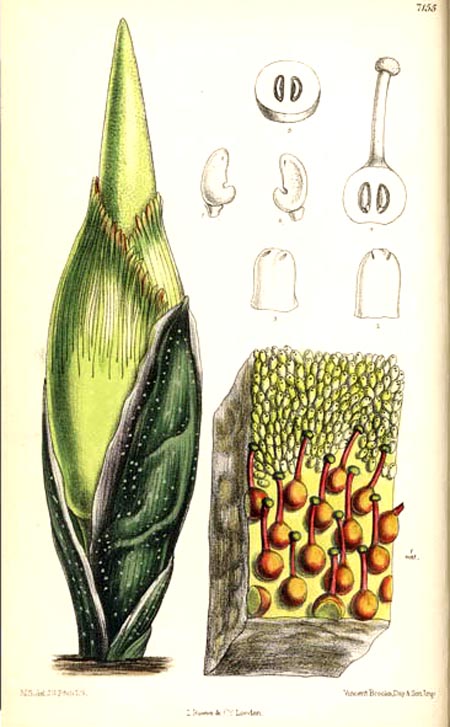
Despite its unpleasant odor, the Amorphophallus titanum has a devoted following of collectors and enthusiasts who are willing to pay top dollar to cultivate and display the plant. In fact, some Amorphophallus titanum plants have sold for millions of dollars at auction, making them some of the most expensive plants in the world.
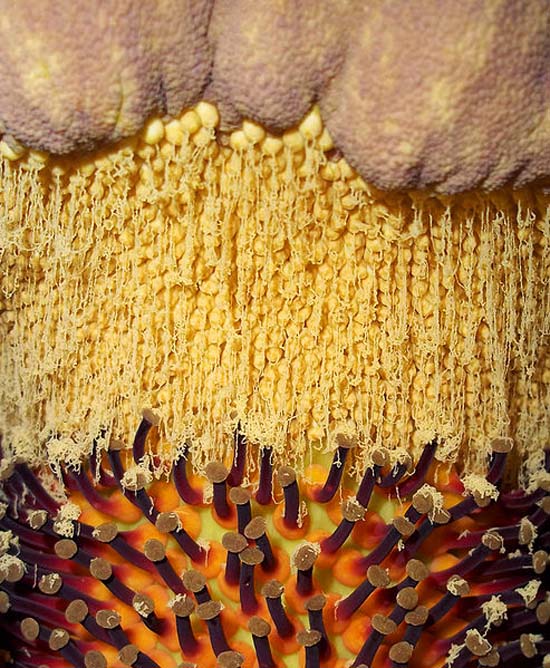
So why are people willing to spend such exorbitant sums of money on a plant that smells like a rotting corpse? There are several reasons.
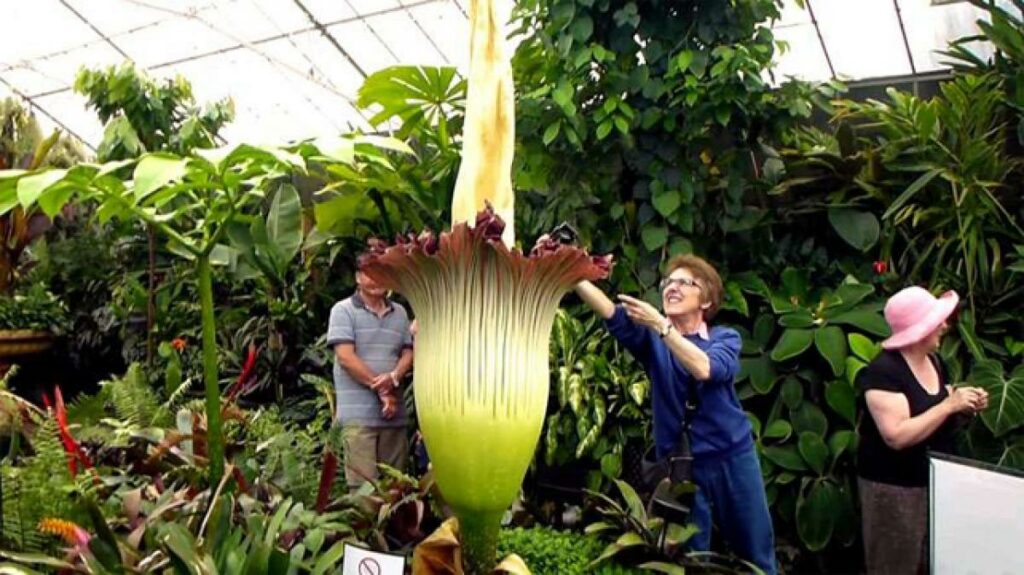
Firstly, the Amorphophallus titanum is a highly prized plant among collectors and enthusiasts who appreciate its rarity and beauty. The plant’s infrequent blooming cycle and giant flowers make it a true spectacle to behold, and owning one can be a badge of honor among the horticultural community.
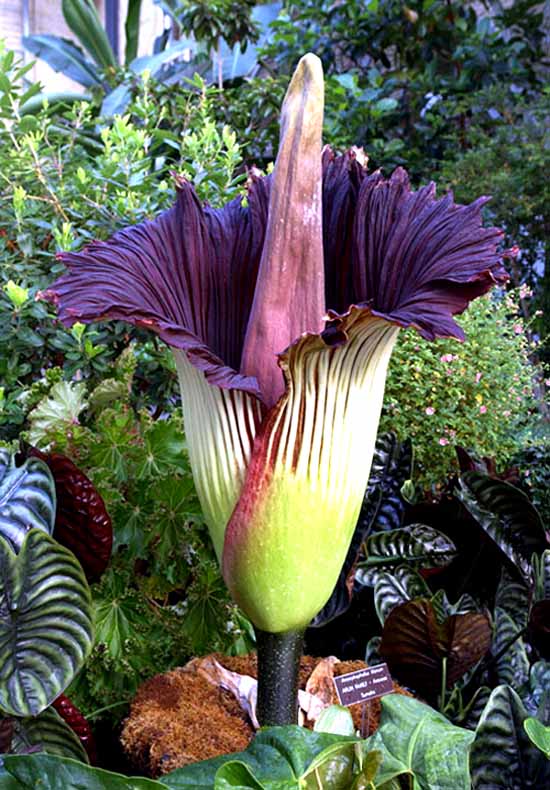
Secondly, the Amorphophallus titanum is a popular attraction at botanical gardens and other public spaces, where it draws large crowds of visitors eager to catch a glimpse of its enormous flower and pungent odor. The plant’s unique pollination strategy and strong smell make it a fascinating subject for scientific study and public education.
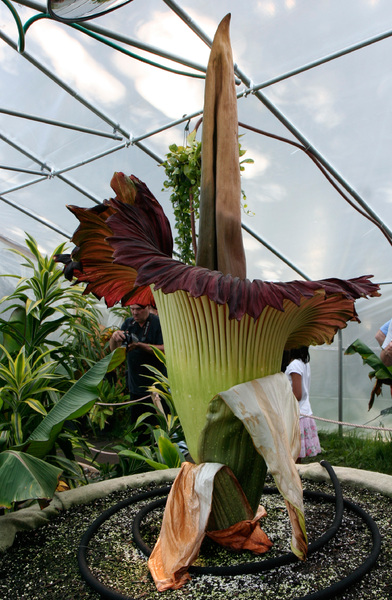
Finally, the Amorphophallus titanum has significant commercial value as a crop. The plant’s corms, which are underground storage organs that contain nutrients for the plant, can be harvested and sold as a food source. In some parts of Southeast Asia, the corms are used to make flour, starch, and other food products.

Despite its high price tag and foul odor, the Amorphophallus titanum is a plant that continues to captivate and intrigue people around the world. Its unique features and rare blooming cycle make it a true wonder of the natural world, and its cultivation and display remain a highly prized pursuit for horticulturists, collectors, and enthusiasts alike. 
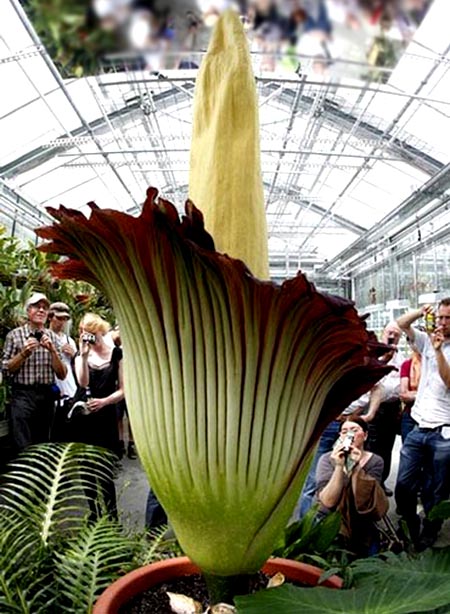
Visitors take pictures of a Titan Arum (Amorphophallus titanum), one of the world’s largest and rare tropical flower, at Basel’s Botanical Garden April 23, 2011. The flower, which emits strong odour to attract pollinators, wilts and dies after two days.
